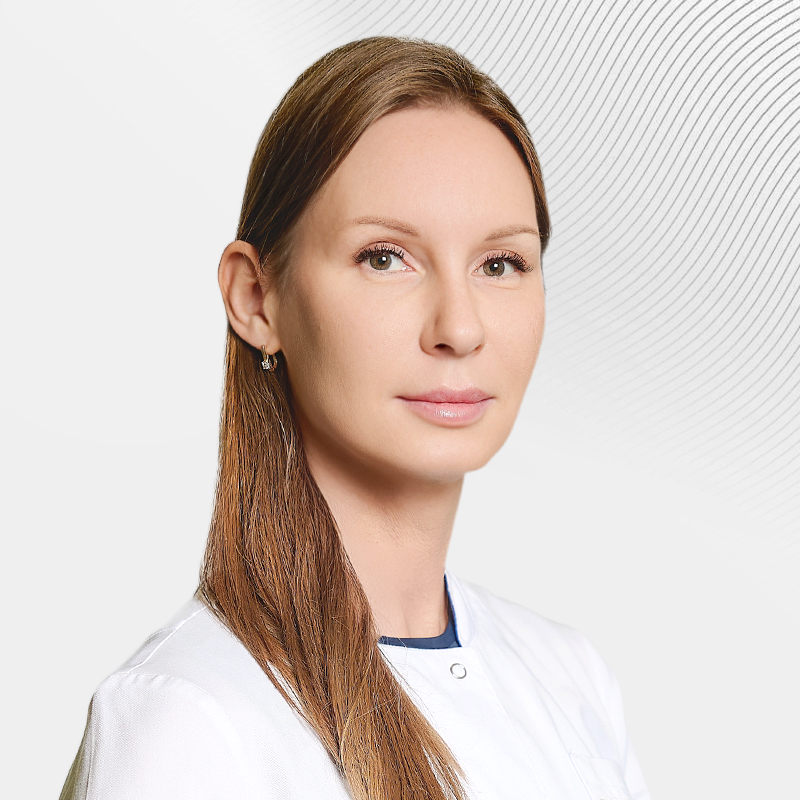Radiofrequency vein obliteration and foam sclerotherapy at the EMC Heart and Vascular Clinic
Radiofrequency vein obliteration
The VNUS Closure FAST system was first used in Europe in 1998, and the system was introduced in the USA in March 1999. The effectiveness of the VNUS Closure™ technique has been confirmed by numerous studies around the world. Since that time, over 600,000 patients worldwide have undergone the radiofrequency occlusion procedure.
Numerous studies have shown that the radiofrequency occlusion procedure provides excellent results and is the method of choice in the treatment of lower limb vein diseases in patients suffering from venous reflux at various stages of varicose veins. Currently, only the VNUS device (USA), manufactured by Covidien AG Corporation, exists in the world for radiofrequency occlusion.
The advantages of the RFR are the unique Closure Fast catheter design. The latest generation radiofrequency obliteration catheter, called Closure Fast, is enclosed in a thermocapsule, so the process of converting radiofrequency field energy into heat does not occur in body tissues, as with endovenous laser obliteration, but inside the catheter itself. Thanks to this simple improvement, a precisely controlled, dosed thermal effect is produced on the venous wall. Also, the Closure Fast radiofrequency catheter is equipped with a thermal sensor that transmits information about the temperature of the venous wall in real time, providing feedback. Through numerous experiments, it has been established that the optimal mode of exposure is to heat the vein wall to 120 ° C for 20 seconds. How exactly such an effect is ensured on all areas of the varicose vein, because it is often convoluted, the diameter of different sections of the vein can vary significantly. It is possible to achieve the same effect on the entire vein only by constantly adjusting the parameters: power, duration of exposure, constant temperature control is required at the site of exposure to the vein. It is precisely this complex configuration of all parameters that occurs automatically in real time when performing RFI.
Endovenous radiofrequency obliteration (VNUS Closure) is performed under local anesthesia on an outpatient basis. There are no incisions during the operation. First, a varicose vein is punctured under ultrasound control, then a Closure FAST radiofrequency catheter is inserted, which is installed in the area of the junction of the affected vein. The varicose vein closes completely throughout as a result of several automatic cycles. All this reduces the percentage of complications during and after manipulation to almost zero.
Endovenous radiofrequency obliteration of varicose veins is a minimally invasive intervention that is an alternative to classical surgery and laser for varicose veins.
During the course of treatment, the patient follows a habitual lifestyle. The only thing is that intense physical activity, sports and thermal stress (hot baths, baths, saunas, solariums) are excluded for 1.5 - 2 months. In addition, it is necessary to wear compression: compression knitwear (tights or stockings), removing only immediately before bedtime.
The advantage of RFI over stripping (removal of affected veins using a small, thin probe) has so far been shown in several randomized trials. It consists in reducing the time for patients to return to normal activity, higher quality of life in the first month after the intervention, and safety. To date, long-term results (up to 5 years) have been published RFI, which showed that the vein remains occluded in 87.2% of cases in the absence of reflux in the area of the lymphofemoral junction in 83.8%. Indications for EPR of the main trunks of subcutaneous veins are similar to indications for their stripping: these are chronic venous diseases (both varicose veins and postthrombotic) with failure of the ostial valve of the large or small subcutaneous veins and the underlying ones, class C2 of chronic venous insufficiency (according to the CEAR classification) and higher.
Patients are selected for EPR based on clinical examination and ultrasound duplex scanning (USDS) with color mapping of blood flow. These methods are required.
Radiofrequency obliteration does not require any special preparation of the patient: there is no need to perform the intervention necessarily on an empty stomach, shave the intervention area, and perform premedication. On the eve of the EPR, the patient should not stop taking medications, which are carried out on an ongoing basis. Most patients are able to start their usual activities and perform their official duties on the same day, with the exception of those associated with heavy physical exertion. Elastic compression continues continuously for 1 day, then only during the daytime. Radiofrequency obliteration of the failed main trunks of subcutaneous veins in chronic diseases of the veins of the lower extremities provides occlusion in almost 100% of cases with a probability of recanalization in the long term of about 4%. Of the currently available methods, EPR is the most effective and safe, which does not require hospitalization and stay on sick leave, which has been proven in several randomized clinical trials. This method is a prominent representative of the so-called "office surgery".
The main stages of the procedure
Under ultrasound control, a puncture of the large subcutaneous vein is performed at the level of the lower third of the thigh or the upper third of the shin. Next, an intraducer is inserted and a disposable Closure FAST™ catheter is inserted through it. After insertion, the catheter is positioned under ultrasound control. Following this, the phlebologist performs local (tumescent) anesthesia all around the treated vein. The power and temperature of the power supply are adjusted automatically and do not require the participation of a doctor. The seven-centimeter segment of the vein is exposed for 20 seconds (the time is automatically monitored by the device). Sections of the vein are subjected to coagulation ("brewing") sequentially. Under the influence of radiofrequency energy, the lumen of the vein segment narrows. When the catheter is removed, the final occlusion (closure) occurs the vessel.
The disappearance of clinical symptoms of varicose veins: heaviness, fatigue, pain and swelling of the lower extremities were noted within 5 years after successful intervention. Published results from 34 phlebological centers around the world have shown a significant advantage of radiofrequency obliteration over traditional phlebectomy in terms of postoperative pain, recovery time, and quality of life for patients.
Sclerotherapy
Foam form sclerotherapy is the main modern method of non-surgical treatment of varicose veins, reticular veins and telangiectasias ("vascular asterisks"), in which a sclerosing agent in the form of fine foam is injected into the lumen of a varicose vein, which causes obliteration ("gluing") of the inner wall of the vessel. In the future, the sclerosed vein resolves, i.e. it is removed from the body. Treatment of varicose veins with this method allows to reduce the dosage of the drug, increase the safety of the procedure and the effectiveness of treatment. Echosclerotherapy is a technique in which the injection of a drug into varicose veins by the foam method is performed under ultrasound control, which significantly increases the accuracy of the procedure and reduces the number of complications.
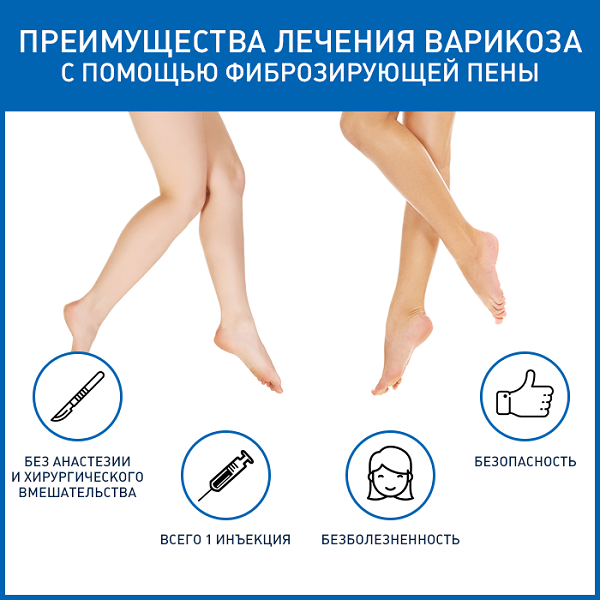
The procedure is performed painlessly, as special very thin needles are used. The treatment is accompanied by wearing compression knitwear (usually stockings or knee socks).
As a result of this treatment, varicose veins are removed, pathological stagnation of venous blood is eliminated, blood flow is normalized, the likelihood of thrombosis and the development of trophic changes in the lower extremities is reduced. The clinical manifestations of varicose veins (heaviness in the legs, increased fatigue, pain, swelling, cramps)
are significantly reduced.
As a rule, several sclerosing procedures are required. They are performed on an outpatient basis every 7-30 days, depending on the diameter and number of varicose veins affected. On the day of the procedure, the patient is fully functional. The number of necessary procedures is determined individually by the attending physician.
Get help
Specify your contacts and we will contact you to clarify the details.
Doctors

Anastasiya Titova
SP is a specialist in the diagnosis of blood vessels of various localizations, as well as EchoCG, Doctor of the highest category
-
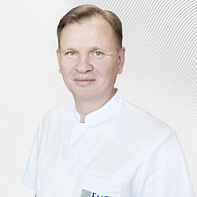
Aleksey Ivanov
Ph.D. of Medical Sciences
-
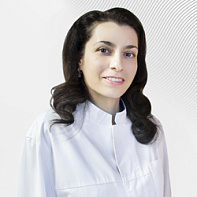
Tamara Dzhordzhikiya
Doctor of the highest category, Ph.D. of Medical Sciences
-
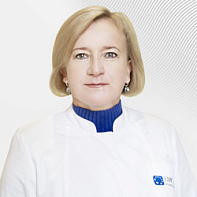
Vasilevskaya Irina
Pediatric cardiologist, polyclinic, Ph.D. of Medical Sciences
-
.jpg)
Songurov Rashid
-
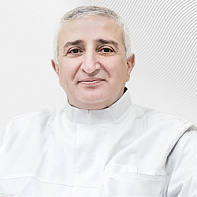
Pursanov Manolis
Doctor of Medicine, Professor
-
Sopetik Vitaliy
-
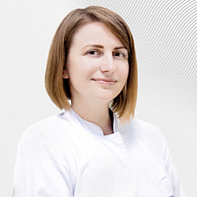
Kondrashova Evgeniya
-
.jpg)
Znamenskiy Vladislav
-
.jpg)
Rzaev Farkhad
Ph.D. of Medical Sciences
-
.jpg)
Urbanov Alexander
-
.jpg)
Plakhova Victoria
Doctor of Medicine
-
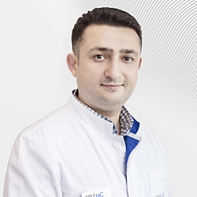
Safarov Perviz
-

Malyutina Elena
Doctor of the highest category, Doctor of Medicine, Professor
-
.jpg)
Karimova Elena
Ph.D. of Medical Sciences
-

Titov Petr
Head of the Anesthesiology and Intensive Care Unit of the Department of Cardiology and X-ray Endovascular Methods of Diagnosis and Treatment, Doctor of the highest category
-
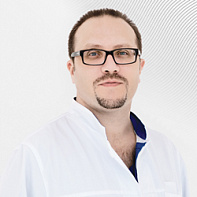
Ermolaev Pavel
-
.jpg)
Danilenko Sergey
-
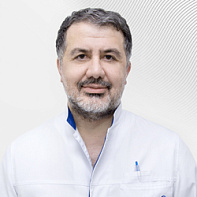
Kavteladze Zaza
Scientific Consultant of the Department of X-ray Endovascular Diagnostics and Treatment of EMC, Doctor of Medicine, Professor
-
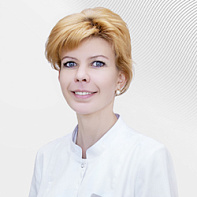
Anikeva Evgeniya
Head of the Hospital of the Department of Cardiology and X-ray Endovascular Methods of Diagnosis and Treatment
-
Anastasiya Titova
SP is a specialist in the diagnosis of blood vessels of various localizations, as well as EchoCG, Doctor of the highest category
- Specializes in research of the cardiovascular system, including in the framework of surgical vascular pathology, as well as in such pathologies as ACS and oncological cancer
- Field of activity — ultrasound examinations of blood vessels in all regions
Total experience
17 years
Experience in EMC
since 2025
